Enterococcus (“Entero”) is a fecal indicating bacterium that lives in the intestines of humans and other warm-blooded animals.
New York City Waterfront
Citizen Testing Sites
Water Quality Conditions by Location
| Recent Samples | Historical Statistics | ||||||
|---|---|---|---|---|---|---|---|
| Site Name (Watershed) | Sample Date |
[i]
Entero Count
|
[i]
4 Days Total Rain (in)
4 Days Total Rain (in)The combined rainfall for the day of sampling, prior day, two days prior and three days prior. More than 1/4 inch is considered a “wet weather sample.” |
[i]
Number of Samples
|
[i]
Geometric Mean Geometric MeanA measure of central tendency (a weighted average) used by NYS DEC and the US EPA to assess water quality. The geometric mean is defined as the nth root (where n is the number of samples) of the product of the Enterococcus measurements. A geometric mean over 30 fails the EPA criteria for safe primary contact. |
[i]
Maximum
MaximumThe highest Enterococcus count we have recorded at this site (“>” indicates an unknown number greater than this number and reflects the upper limit of our scoring ability for this sample). |
[i]
Minimum
MinimumThe lowest Enterococcus count we have recorded at this site (“<” indicates an unknown number less than this number and reflects the lower limit of our scoring ability for this sample). |
Individual Entero Counts by Site
Note: multiple counts of the same value will overlap and appear as one dot.
Water Quality*
*Single sample thresholds;
Enterococcus count per 100mL
Prior Four Day Rainfall
(in inches)
Geometric Mean*
*Weighted average of multiple
samples; Enterococcus count
per 100mL
The New York City Waterfront citizen sampling program covers twelve waterways from the Hudson River in Yonkers to Jamaica and Flushing Bays. Waterways in this urban area are heavily impacted by wet-weather overflows from combined sewer systems, which mix wastewater from homes and business with street runoff in pipes underground before delivering the mixture to wastewater treatment plants. During wet weather, the combined volume of wastewater and street runoff may overwhelm treatment plant capacity. When that happens, these systems are designed to discharge the untreated mixture directly into our waterways.
SAMPLING PARTNERS
The Community Water Quality Testing (CWQT) program, is managed by Billion Oyster Project. They engage community scientists in weekly testing of New York Harbor water for Enterococcus, an indicator of recreational water quality.
The Billion Oyster Project is “committed to providing access and transparency to water quality data that inform boaters, swimmers, and kayakers when and where it’s safe to explore and enjoy our local waterways.”
This program — initially organized by the New York City Water Trail Association (NYCWTA) — started coordinating citizen sampling along the NYC waterfront in 2011. NYCWTA was inspired by Riverkeeper’s monitoring results to do more frequent sampling where boaters access the water in the New York City area. Riverkeeper provided NYCWTA with training and technical support to set up their lab at The River Project at Pier 40 on the Hudson River.
